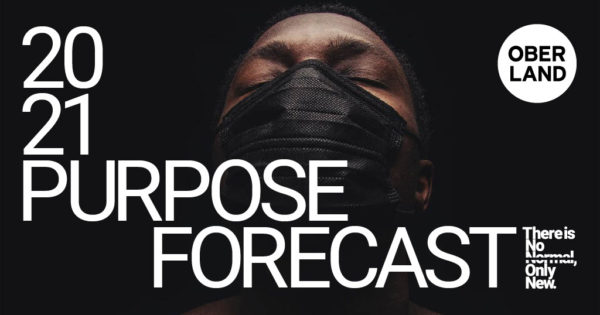Nielsen turmoil and TV measurement's future—everything brands need to know
From Nielsen's suspension to the rise of alternative currencies.

Who are the companies offering measurement alternatives?
VideoAmp, Comscore and iSpot.tv are the three biggest players gaining traction as alternative currencies, all of which measure linear and connected TV using large data sets.
ViacomCBS added VideoAmp as a currency alternative to Nielsen for national linear and CTV deals, and Comcast said in February that it would let VideoAmp incorporate aggregated set-top box viewership data in its measurement, giving it a huge new data set. Univision is using Comscore to measure some local markets. And NBC Universal has certified iSpot for national cross-platform measurement and Comscore for local measurement.
Discovery is working with Omnicom Media Group to test both Comscore and VideoAmp data for clients like AT&T and State Farm ahead of the TV upfront, and WarnerMedia has also brought in both currencies, as well as iSpot.tv, as alternative measurement partners.
Calling for “measurement independence,” NBCUniversal issued a sweeping request for proposals from measurement companies in the summer of 2021 that saw more than 70 responses. NBCU selected iSpot.tv as its first alternative cross-platform measurement currency, inking a multi-year deal with the company that included measurement tests of both Super Bowl LVI and the Beijing Winter Olympics. The media giant also established its Measurement Innovation Forum to assist industry experts with weighing in on the future of the business and has signed on with a number of consortiums including the VAB’s Measurement Innovation Task Force.
Other contenders include Samba TV, which is working with Disney, and Innovid, which announced a deal to acquire TVSquared for $160 million in February. This combines TVSquared’s linear TV data with Innovide’s strength in CTV.
Read: Disney isn't giving up on Nielsen just yet
What is the difference between measurement and currency?
The words “measurement” and “currency” are often used interchangeably but mean two different things. Measurement refers to the actual data that a service compiles on advertising, such as how many people an ad reached and how many times people saw it. Currency, on the other hand, refers to the use of this data as a medium of exchange between ad buyers and sellers, and is used to settle ad pricing in national linear, local linear and streaming/CTV markets.
Are Nielsen’s ratings still relevant?
Yes, in fact, industry experts believe that Nielsen will still be the dominant currency during this year’s spring upfront ad haggle, when networks sell a bulk of their inventory for the new season. That’s because tests of alternatives are still in the early days and not enough data will be available during this year’s negotiations.
What’s next for Nielsen?
There’s an urgency for Nielsen to embrace transparency, verification and full audience representation.
To this end, the company has been touting the development of a new currency dubbed Nielsen One. While initially announced before the revelation of Nielsen’s miscount and its subsequent loss of MRC accreditation, Nielsen One is largely a response to the ways in which consumer behavior has fragmented across various devices and platforms, providing deduplicated age and gender information across media platforms The new currency will be able to identify each individual ad that runs on live TV and find it on other devices like mobile and CTV. Nielsen One is scheduled to entirely replace its current solution by fall 2024.
Nielsen launched an alpha test of Nielsen One with Disney and Magna Global, among other buyers and sellers, in December. Disney expanded its relationship with Nielsen One in March, working with Publicis Media to help develop the platform and grow its presence in live events, specifically sports.
It is expected that overnight ratings, which have been a staple to live events like the Super Bowl and awards shows, won’t be part of the Nielsen One package, according to people who’ve been briefed by Nielsen.
RSVP for Ad Age In-Depth: TV Pivot on May 24 and 25 at AdAge.com/TVPivot
Nielsen planned to release data from its alpha version of Nielsen One ahead of the upfronts along with its data from its TV Ratings panel. The VAB spoke out against Nielsen releasing both data sets, calling for more information on how the new currency data was created and to have “complete confidence in the accuracy of the information to explain the differences to buyers.”
Meanwhile, in an effort to revive its image, Nielsen debuted a new logo and mission statement in October.
And while buyout chatter emerged in March, with reports that Elliott Management was considering taking the company private, Nielsen ultimately rejected the offer.
What is the future of audience guarantees?
If Procter & Gamble’s Marc Pritchard had it his way, the TV industry would look to eliminate audience guarantees in favor of more real-time matching of ad supply with viewing demand. In a keynote at the Association of National Advertisers Media Conference in Orlando in March, the P&G chief brand officer Marc Pritchard issued “a call for innovation in media buying and placement,” saying, “it’s time to find a better way.”

 ShanonG
ShanonG 
































